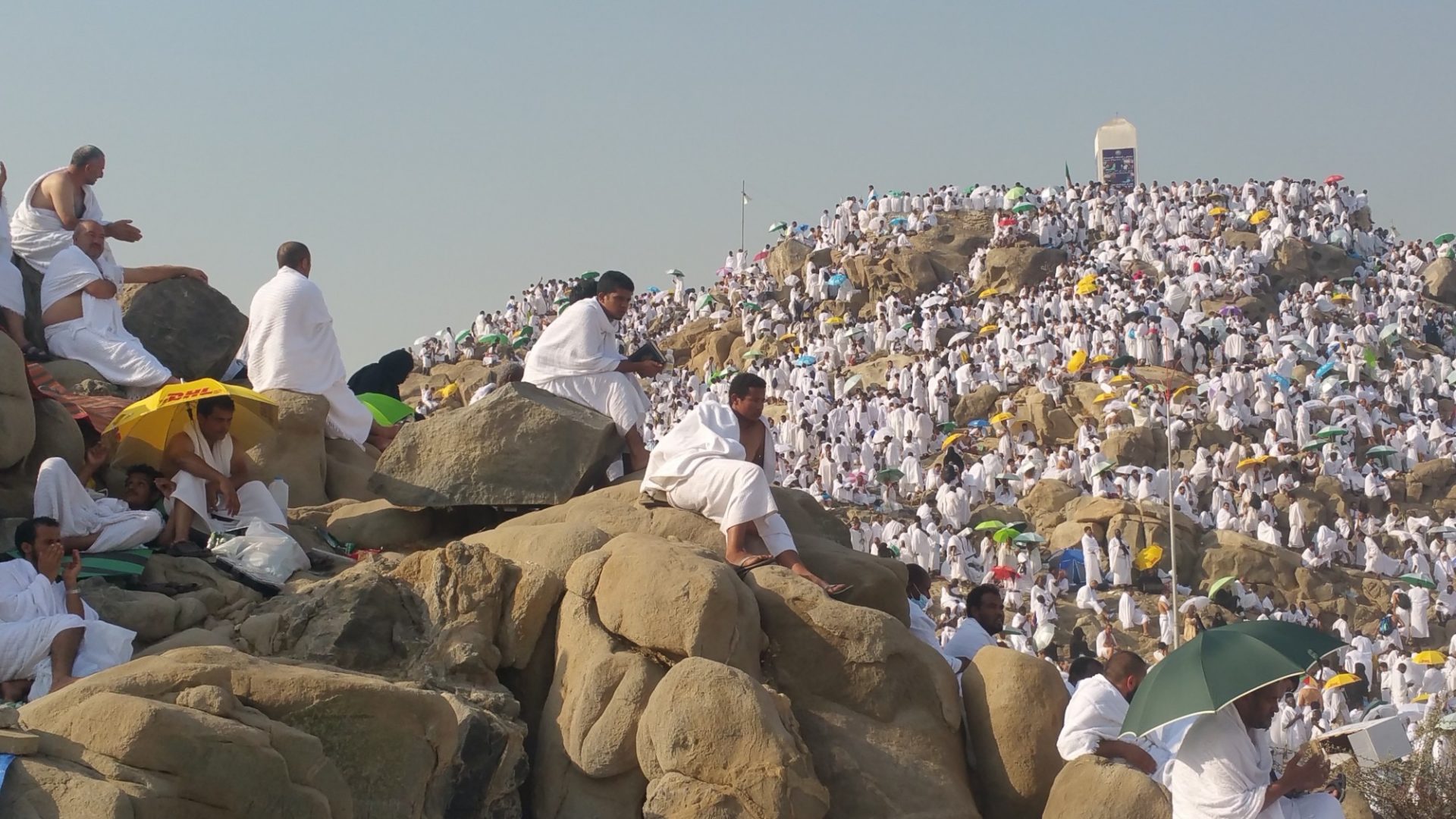Hajj : A Journey Through Time
The Hajj or Annual Pilgrimage to Mecca is the fifth pillar of the Islamic faith and is one of humanity’s most enduring rites. For almost fourteen hundred centuries, the Hajj brought millions and millions of believers from around the world to the desert city of Mecca. This city not only outlasted mighty Empires but also shaped trade routes through half of the world while withstanding wars, famines, plagues, and umpteen calamities that befell humanity.
Performing Hajj, therefore, is not undergoing a pilgrimage in the simple sense, but it is akin to undertaking a journey through time, which binds people to the faith and ethics laid down by the Prophet Abraham. The patriarchal figure of the three religions – Jews, Christians, and Muslims – Prophet Abraham is the one after whom these monotheistic faiths are referred to as the Abrahamic faiths.
All Muslims are required to go to Hajj once in their lifetime, provided they are healthy, not under anyone’s debt, not endangered by any contagious sickness, and have the means to make the journey and support the dependents who are left behind. It begins on the 8th day of the last month of the Islamic Calendar called Dhul-Hijjah.
All the initial rites of the Hajj take place inside the Masjid al-Haram (literally meaning the Holy mosque) and around the surrounding vicinities in Mecca. The mosque got such a name because at the centre of the mosque stands Ka’ba. The mosque was first built under the leadership of the Caliph Omar Ibn al-Khattab (634-644) and has been modified continuously under several Muslim rulers. It is the only round mosque in the world because every corner faces the Ka’ba, a tall cubic building draped in an embroidered black silk called ‘kiswa‘.
The Ka’ba contains no relics and is not itself an object of prayer, and instead, it provides spiritual focus, marking the direction in which Muslims all over the world pray five times a day throughout their lives. The meaning of Ka’ba is the ‘Sacred House’ that was built by Prophet Abraham and his son Prophet Ismaa’eel. The pilgrimage of Hajj is a reminder of the great sacrifice, tolerance, and ideology of peace laid down by Prophet Abraham and his family. The prayers and rites performed during Hajj bring a whole prophetic tradition to life, stretching from the Prophet Abraham to Prophet Muhammad (peace be upon them).

Until the advent of modern transportation, the journey to Mecca required days, months or even years. The pilgrims of early times crossed seas, mountains and deserts to reach the desert town of Mecca.
Hajj is a spiritual journey towards God-Realisation. In other words, it signifies the nearest one can get to God in this life. Those who perform this pilgrimage are called Hajis. Until the advent of modern transportation, the journey to Mecca required days, months or even years. The pilgrims of early times crossed seas, mountains and deserts to reach the desert town of Mecca. The famous Arab traveller from Spain, Ibn Jubayr, has written a detailed account of his 12th-century trip to Mecca, describing it as a round trip of about two years, a journey filled with trials and tribulations. Many fears hovered from being robbed and killed by bandits to being killed by Crusaders, caught by slave traders, or robbed by highway bandits. A war in one of the passing lands also increased the chances of getting killed. If one could successfully pass those, another waiting threat was getting killed at the hands of Crusaders or caught by slave traders. Another invisible threat was the plague. For instance, Ibn Jubayr was caught by plague while returning from his Hajj journey. But nothing deterred the people of faith.
On reading the Hajj accounts of legendary travellers like Jubayr and Batuta, one realises that the people travelling were aware of their destination and the dangers in their pursuit. They possessed full knowledge about the place before they sat out. Neither commerce nor any material interest attracted them to undertake such an arduous journey. The underlying goal was purely spiritual and pertinent. They were not going out to see the world. But they were heading to Mecca to fulfil a vow and experience God-realisation at a far deeper level. Spread across centuries, the one thing that unites all Hajis has been this spirit.
Hajj is one of the most significant acts of worship in Islam. According to a hadith, the Prophet Muhammad (peace be upon him) called it the supreme act of worship. But it is not simply the pilgrimage ceremonies that are significant; it is also the spirit and feeling with which Hajj is accomplished. In other words, it is not just a journey of travelling to Mecca and returning. And it is a way of strengthening a believer’s spiritual development. The rites of Hajj are also a reminder of the Day of Reckoning that makes man introspect and seek forgiveness from his Creator while he still can.
In addition to the preparation for his journey, a Haji should prepare himself spiritually to encounter this life-changing experience so that it becomes a reminder to him of the true purpose of his creation in this world. Returning from Hajj with one’s trust in God renewed and strengthened is the mark of a sincere pilgrim.
